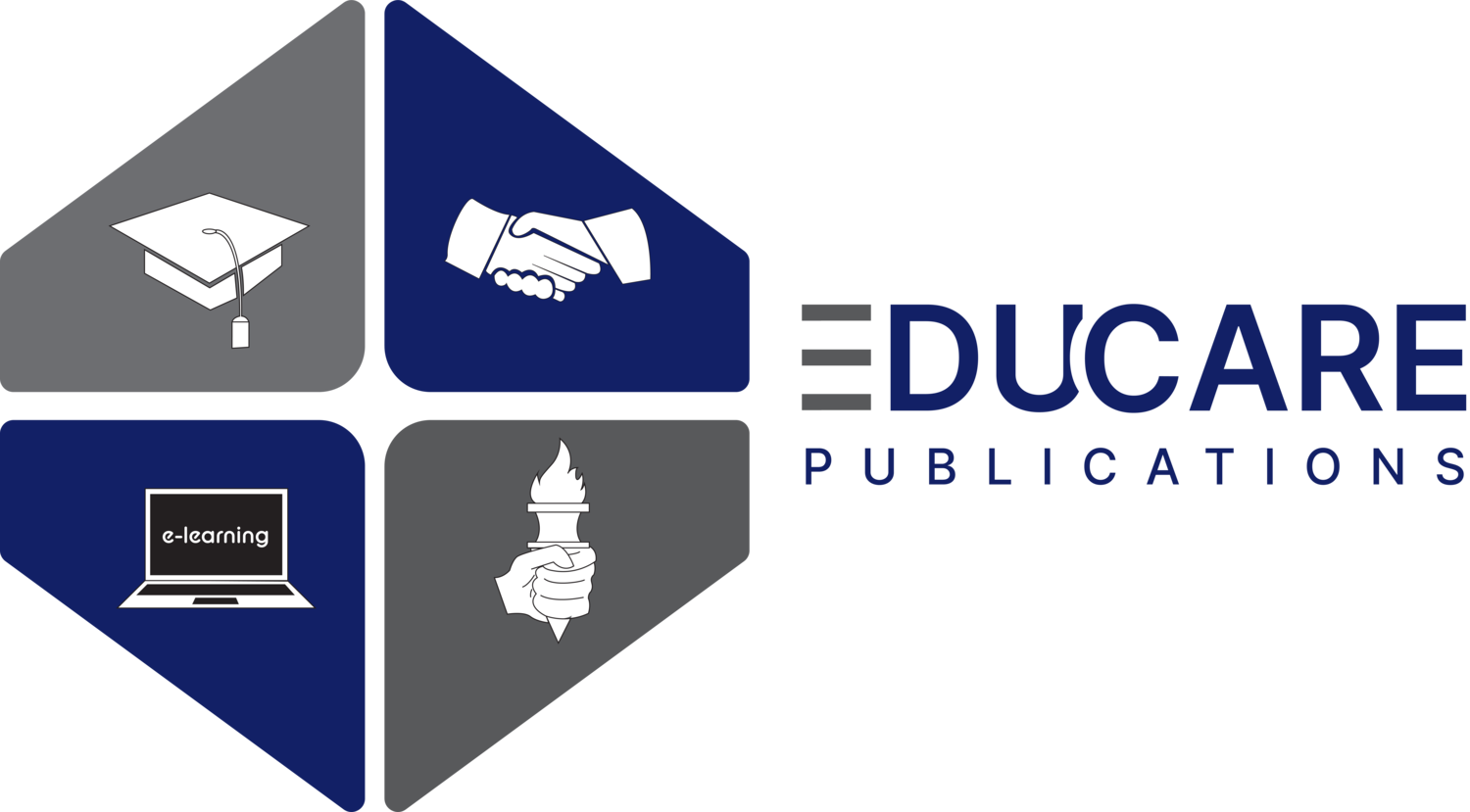Bridging the Diversity Gap Within Self-Publishing: Empowering Untold Narratives
Self-publishing has emerged as a powerful avenue for authors to share their stories without traditional gatekeepers. However, beneath the surface of this democratized platform lies a persistent issue—the diversity gap. In this blog, we explore the challenges faced by marginalized voices and the importance of addressing this disparity within the self-publishing industry.
Embracing Inclusivity
Self-publishing presents a unique opportunity for authors from diverse backgrounds to amplify their voices, break barriers, and challenge conventional narratives. However, the reality is that certain marginalized communities continue to face hurdles when it comes to self-publishing. This gap arises due to various factors such as limited access to resources, insufficient representation within the industry, and systemic biases that perpetuate unequal opportunities. To foster a more inclusive self-publishing landscape, it is crucial to acknowledge and address these challenges.
Representation Matters
The power of diverse voices cannot be overstated. Literature should reflect the rich tapestry of human experiences, and self-publishing allows for the exploration of untold narratives that have long been overlooked. By bridging the diversity gap, we can enrich the literary world with stories that resonate with readers from all walks of life. Increased representation within self-publishing not only empowers marginalized authors but also cultivates empathy, understanding, and cultural appreciation among readers.
Breaking Down Barriers
To bridge the diversity gap within self-publishing, concerted efforts are required. Industry organizations, publishing platforms, and literary communities need to actively foster an environment that encourages and supports marginalized authors. This can be accomplished through initiatives such as mentorship programs, grants, and scholarships specifically aimed at underrepresented voices. Furthermore, it is essential to create spaces for networking, collaboration, and sharing of knowledge that cater to diverse authors. By dismantling barriers and providing equal opportunities, the self-publishing industry can embrace its potential as a catalyst for change.
Conclusion
Bridging the diversity gap in self-publishing is an urgent and necessary step towards a more inclusive literary landscape. By empowering marginalized authors, we can ensure that their stories find their rightful place in the world, opening doors to greater cultural understanding and acceptance. Let us champion diversity and unlock the transformative power of untold narratives through self-publishing. In your opinion, what steps can publishing platforms and industry organizations take to promote diversity within self-publishing?
